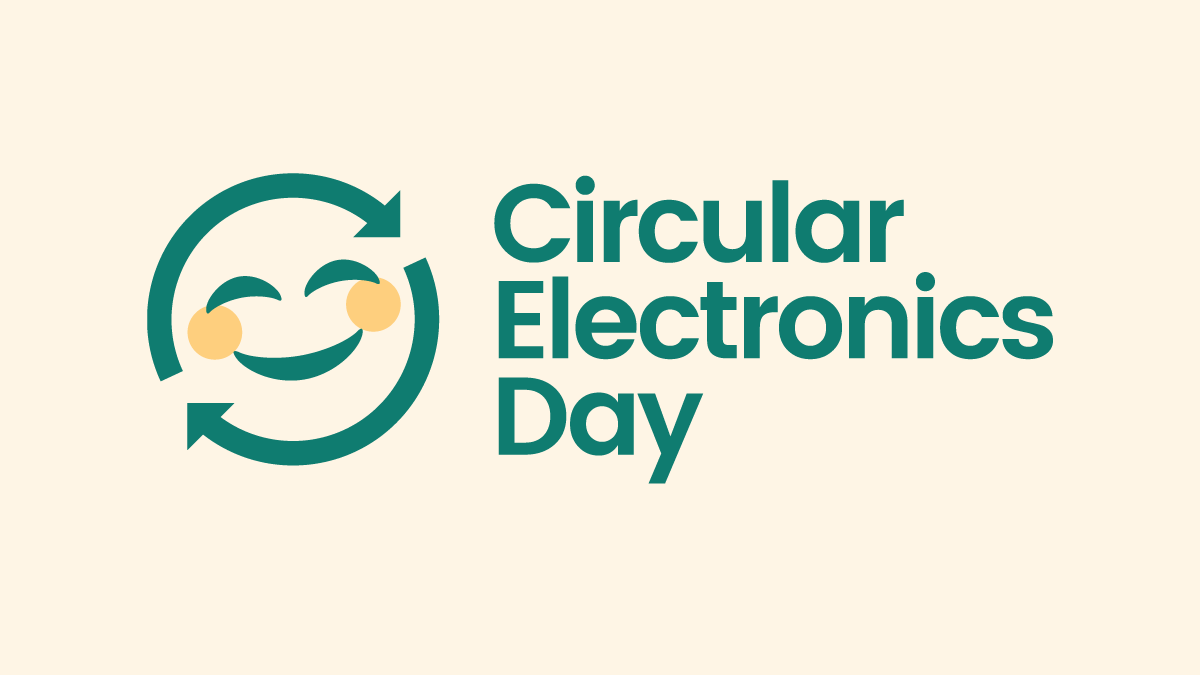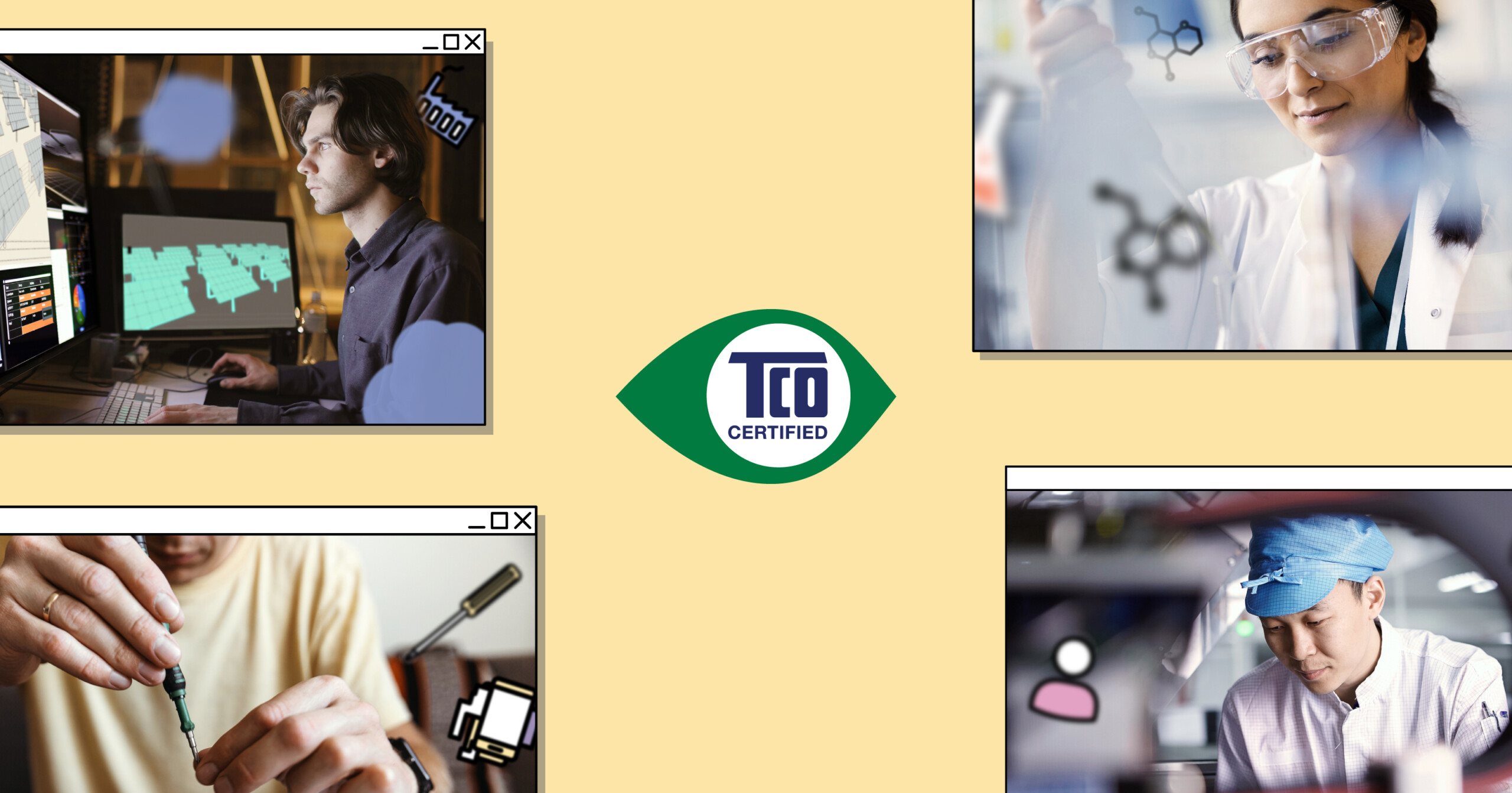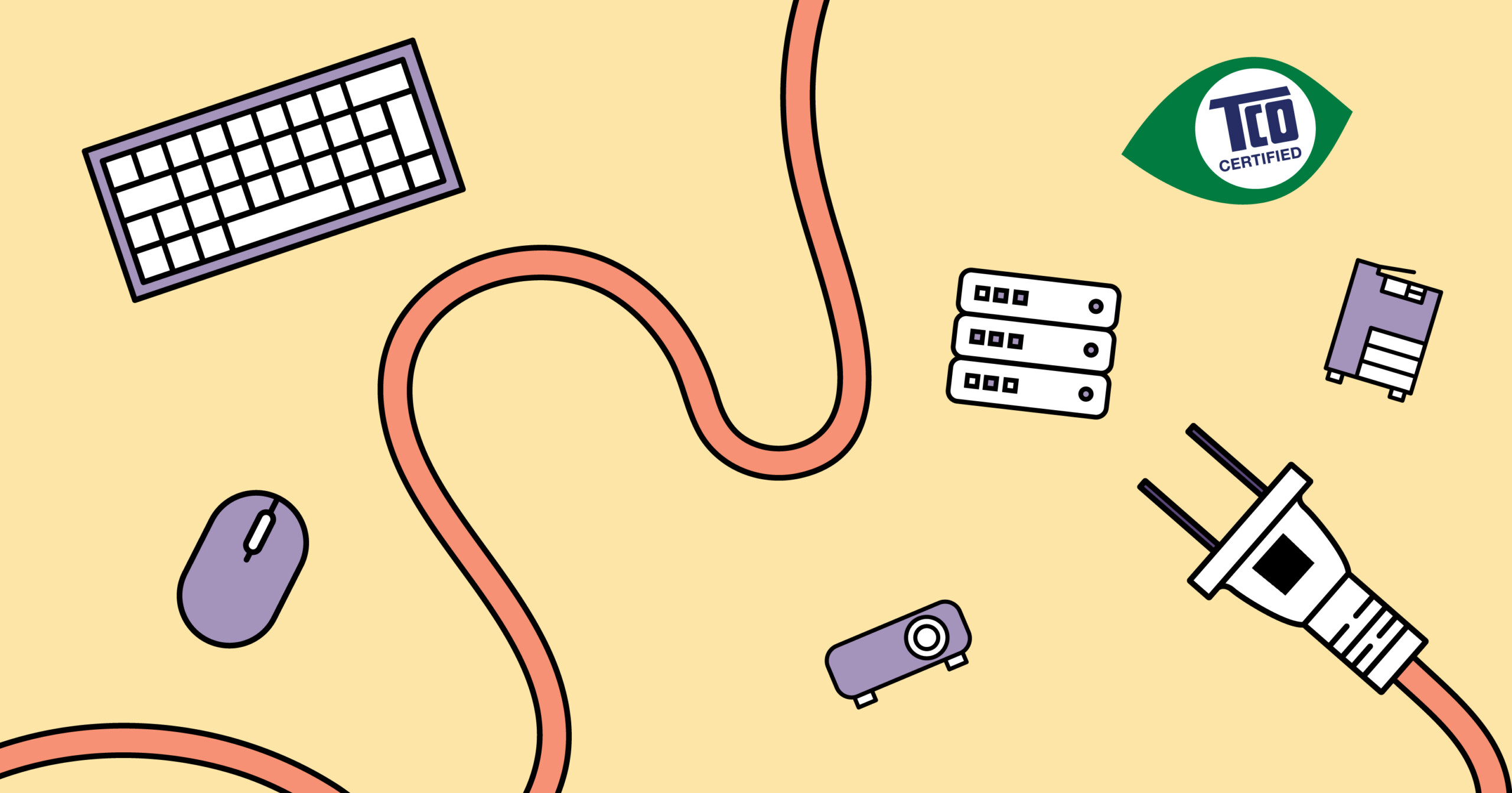This is an old press release and the information may be outdated
#CircularElectronicsDay highlights the fact that 50 million metric tons of IT products and other electronics are discarded around the world every year. The waste contains both valuable metals and hazardous substances that are often released into nature and affect human health.
Products that are functional should be given a second chance before being collected as waste, and services that enable this should be made visible and used by more people. In addition, the prerequisites for the reuse and recycling of IT products and other electronics must be improved. Therefore, all participants in the project ELAN, “Electronics should be reused”, have designated the 24th of January as #CircularElectronicsDay.
“The purpose of #CircularElectronicsDay is to highlight the positives of reusing products and for people to share ideas and tips under the hashtag. We can all inspire each other to reuse more and make sure that products have a second life instead of collecting dust in a drawer”, says Andreas Rehn, criteria developer for the sustainability certification TCO Certified.
By following these simple steps, we can all reuse more electronics:
- When buying electronics, check if the product you want is available second hand or if a product with a sustainability certification is available
- Erase old data and sell your products to give them a second life
- If you do not want to sell your old products, hand them in to a recycling facility or another collection point
It is not just consumers that can make a difference. By demanding reused products or products that are designed for reuse, large companies and the public sector can also contribute.
To be able to sell electronics second hand, the products need to be attractive to the buyer and have the potential of functioning well for a reasonable period of time. The rapid development in technology means that products quickly become outdated unless they are leading edge when they are new. Therefore, it is important that the products are high-performing and that hazardous substances are replaced with safer alternatives.
“Professional retailers can’t sell products containing substances prohibited by law, even if these substances were allowed when the product was manufactured. Therefore, our ambition is that the criteria in TCO Certified are several steps ahead of legislation, and that manufacturers use assessed and approved chemicals whenever possible.
“Criteria for visual ergonomics are also included for products with a display, partly because this is something that affects how long the product can be used before it needs to be replaced”, Andreas Rehn says.
The next generation of TCO Certified is currently being developed, and will be launched in December 2018. The certification will then have an even stronger focus on product lifetime.
“With the new generation of criteria, we are taking another step toward circularity. We want to contribute to more products being functional and attractive for a long time. This enables both recycling and reuse”, concludes Andreas Rehn.
About #CircularElectronicsDay
#CircularElectronicsDay aims to promote the reuse of electronics. Behind the initiative is IVL, the Swedish Environmental Research Institute, Chalmers Industriteknik, Blocket, Elkretsen, Recipo, TCO Development, Inrego, Samsung, Lenovo and Elgiganten. The organizations are part of the research project ELAN, “Electronics should be reused”, funded by the Swedish Energy Agency, Vinnova and Formas, through the strategic innovation program Resource.
Together toward sustainable IT
TCO Certified is the global sustainability certification for IT products, empowering both IT buyers and brands to make more responsible choices. Our comprehensive criteria are designed to drive social and environmental responsibility and are updated continuously to push sustainability where it matters most. Compliance with all criteria is always independently verified for every product. Our Roadmap for Sustainable IT is the long-term plan for addressing issues in four key areas: climate, substances, circularity and supply chain. By using TCO Certified, you join a global movement for sustainable IT.
Contact
Dennis Svärd, Global PR Manager
dennis.svard@tcodevelopment.com
Mobile: +46 (0) 704 804 094



